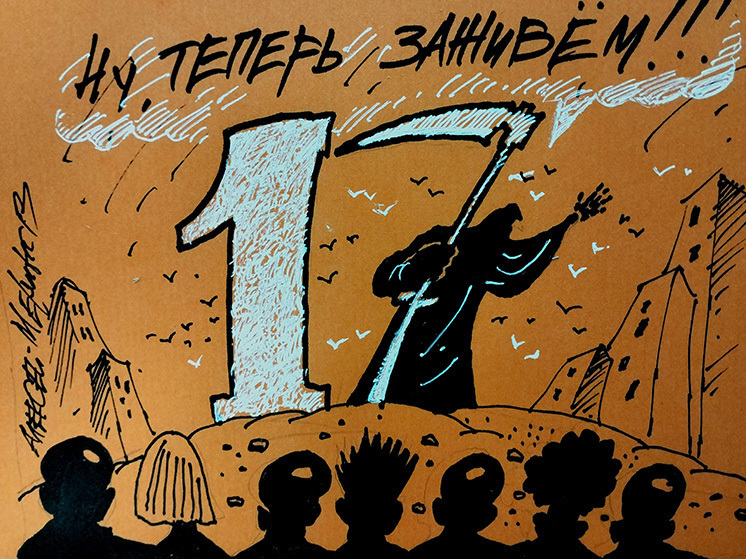Professor Safonov named payments that depend on the cost of living
According to the project of the Ministry of Labor, the cost of living of Russians in 2025 will increase by almost 15% and amount to 17,733 rubles. Today this figure is on average 15,455 rubles, that is, the minimum per capita will immediately increase by 2,280 rubles per month. Whether it is actually possible to live on that kind of money for a whole month is a moot point.
 < span itemprop="height" itemscope itemtype="https://schema.org/QuantitativeValue">
< span itemprop="height" itemscope itemtype="https://schema.org/QuantitativeValue">
For the working population from next year, the monthly wage will be 19,329 rubles, for pensioners 15,259, and for children — 17 200 rubles.
If we break this increase of almost 2,300 rubles into pieces, that is, by the number of days in a month, it turns out that we are given about 75 rubles more per day to live on. If today, when making purchases in a store, we proceed from our own budget of 300 rubles, then in a year we will be able to afford to spend almost 375 rubles. A trifle, but nice.
Although the financial maneuver in conditions of stable inflation, needless to say, is not very effective. The continuing high inflation, which so far, contrary to the forecasts of the authorities, does not even think of slowing down, may simply eat up this increase so that we will not even notice it.
Meanwhile, below the poverty line, with incomes below the subsistence minimum, according to According to Rosstat, in 2023 there were 13.5 million people, this is 9.3% of the population. There are government programs to combat poverty; the government provides possible financial support to the poor. However, millions of our fellow citizens still live on the verge of the subsistence level in Russia…
As you know, on May 7, Vladimir Putin signed a decree “On the national development goals of the Russian Federation for the period until 2030 and for the future until 2036.” In particular, it sets the task of increasing the minimum wage to 35 thousand rubles per month by 2030.
And although there is no strict relationship between the minimum wage and the minimum wage (according to the law, the minimum wage simply must be ahead of the subsistence minimum), it is visible to the naked eye that since 2020 it has increased 1.5 times — from 12 thousand rubles per month to 19 thousand. Whereas, according to Deputy Prime Minister Golikova, the cost of living during this period increased by 30%.
The head of the Ministry of Labor recently announced that in 6 years the minimum wage will exceed the minimum wage by 30%. So far, these intentions do not diverge from action. From January 1, 2024, the minimum wage was indexed by 18.5%, and the cost of living by only 7.5%. If by this time we reach the milestones set by the President of Russia, then the cost of living in the country will approach 25 thousand rubles.
But let’s not look so far ahead, and it’s not a fact that in 6 years with this money it will be possible to make the same purchases as today for 15.5 thousand rubles.
— we ask Alexander Safonov, professor at the Financial University under the Government of the Russian Federation. —
— Don’t we live on the minimum wage? — he answers. — About 2.5 million people live on the minimum wage alone. Let me emphasize – those who work and have families.
As for the living wage, many social payments for which the federal or regional budgets are responsible depend on it. The minimum amount of labor and social pensions, child care benefits and a lump sum payment at birth, pension supplements, treatment payments…
If the PM is not indexed to the inflation rate, then, accordingly, the federal budget will have to be redistributed to benefit of these expenses.
— Based on a percentage of median income.
— The cost of living does not depend on the calculation methodology. “Basket” is a normative and statistical technology. And median income is a more correct calculation system.
The problem is that when inflation is high, median incomes remain relatively stagnant. Then the cost of living does not increase. The restraining level of inflation is up to 5% per year. It should be borne in mind that 7.5% of inflation from Rosstat is a general indicator, while for PM the inflation of a limited range of essential goods is important. Many Russians don’t care how much a car or an ounce of gold costs. Unlike buckwheat or sugar…
— It’s too early to talk about this, we don’t know what the inflation rate will be in a year, much less in six years.


